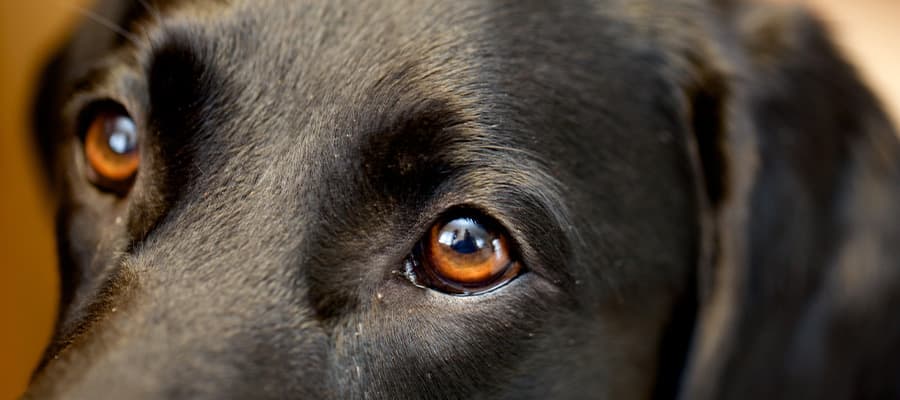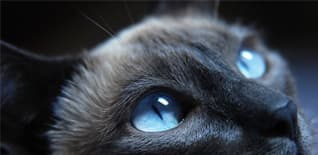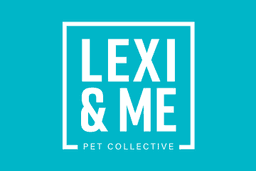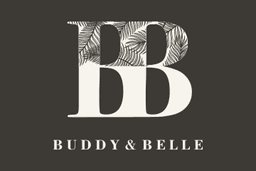Can Dogs See Colour? A Guide to Understanding Dog's Visual Abilities

A common misconception is that dogs can only see in black and white. In this article, we'll explore the topic of whether dogs can see colour and what their visual abilities are.
Can Dogs See Colour?
Contrary to popular belief, dogs can see colour, though their colour vision is not as advanced as humans. Unlike humans with three colour-sensitive cones in their eyes, dogs only have two, limiting their colour vision to shades of blue and yellow. As a result, they cannot differentiate red from green and view the world in a more subdued palette.
Night Vision of Dogs
Dogs have superior night vision compared to humans. Their eyes have a higher concentration of rods, which are cells sensitive to light, allowing them to see better in low-light conditions.
Common Vision Problems in Dogs
Just like us, our furry companions can also be affected by a range of vision problems. Some of the most common vision issues in dogs include cataracts, glaucoma, progressive retinal atrophy, and corneal ulcers.
Some breeds, such as Poodles, Bichon Frise, and Cocker Spaniels, have a genetic predisposition to vision problems. Therefore, it's essential to have your dog's eyes examined regularly by an Eye Dog-tor (veterinarian) to identify and treat any potential vision problems. Early detection and treatment can preserve your dog's vision and improve its overall quality of life.
Enhancing a Dog's Vision
Wanna make your pup's vision even sharper? There are a bunch of fun activities and training exercises you can do to enhance their perception and make their daily life more exciting. From interactive toys such as puzzle feeders, treat-dispensing balls, and hiding toys to specific training drills such as tracking, searching, and agility games, you can keep your dog's eyesight in tip-top shape while also giving them a mental workout. So, whether you're looking for a fun way to bond with your furry friend or just want to give them an extra boost in the visual department, try incorporating some of these vision-enhancing activities into your routine. Your pup will thank you!
Seeing Actions Over Objects
Another fascinating aspect of a dog's vision is their ability to perceive and respond to movement better than objects. Dogs are highly attuned to motion and can detect even the slightest movements, like the flicker of a bird's wing or the rustle of leaves. This sensitivity to movement is useful for hunting and tracking and is why they often enjoy playing fetch or chasing after moving toys. On the other hand, they may not be as drawn to stationary, brightly coloured objects. This emphasis on movement highlights the unique strengths and limitations of a dog's vision and evolution.
The "Doggy Gaze"
Let's talk about the "doggy gaze." This refers to the warm and affectionate look dogs give their owners or others, characterised by soft eyes and raised eyebrows. Studies have shown that when dogs make eye contact with their owners, it increases the level of oxytocin, known as the "love hormone," in both the dog and owner, promoting feelings of affection and bonding. This loving gaze is one of the reasons why dogs are considered "man's best friend.
Emotional Tears in Dogs
A recent study looked into the relationship between emotional responses and tear volume in dogs and found that tear volume increases during reunions with their owners. This suggests dogs are capable of shedding emotional tears. The researchers found that dogs shed emotional tears when reunited with their owners, but not with familiar non-owners. The study also found that the hormone oxytocin might play a role in mediating tear secretion during these emotional moments.
Turns out, humans aren't the only ones who cry when they're happy - dogs do too. Who knew our furry friends were such emotional beings!





























